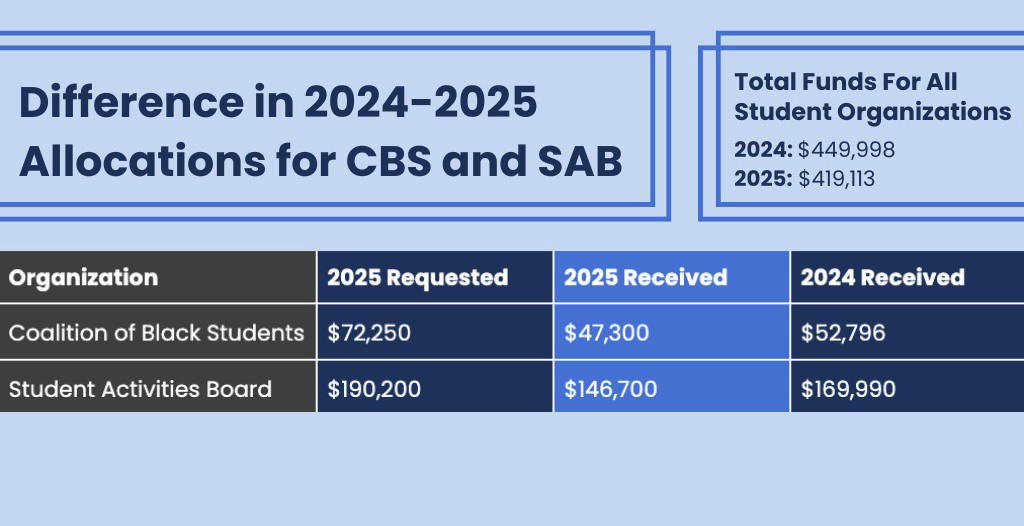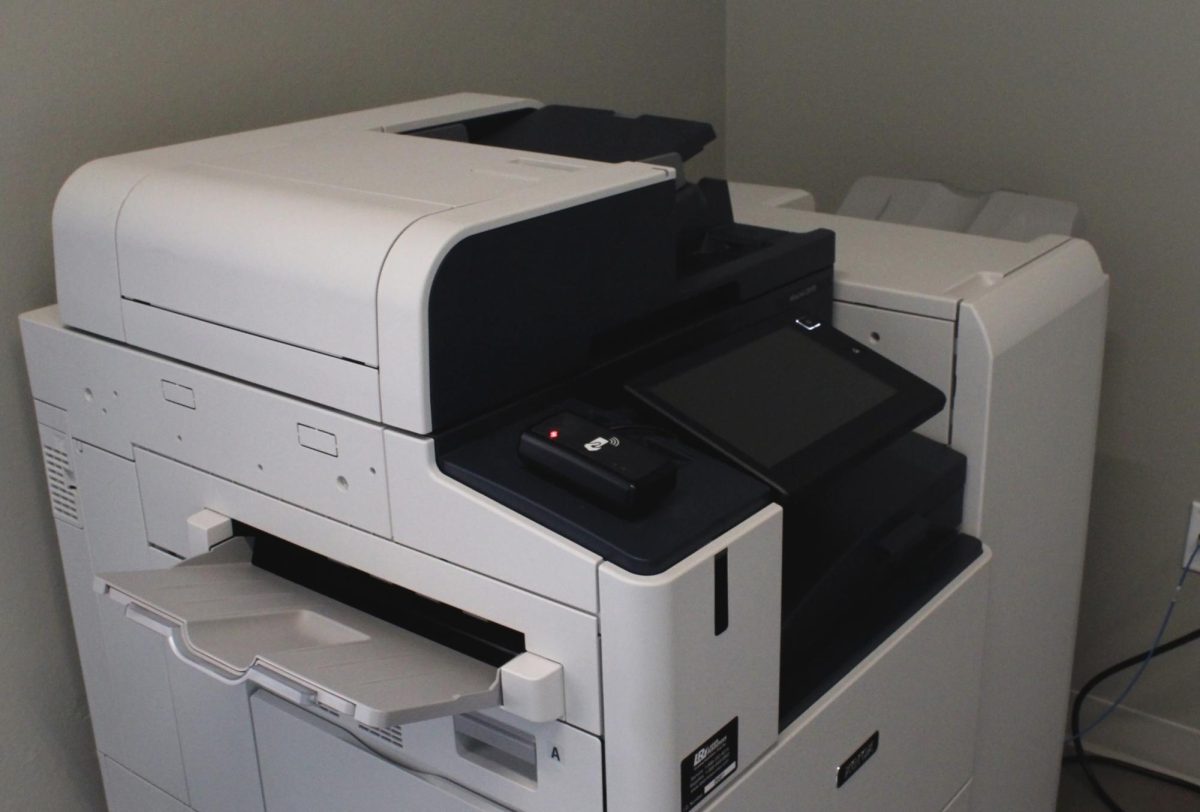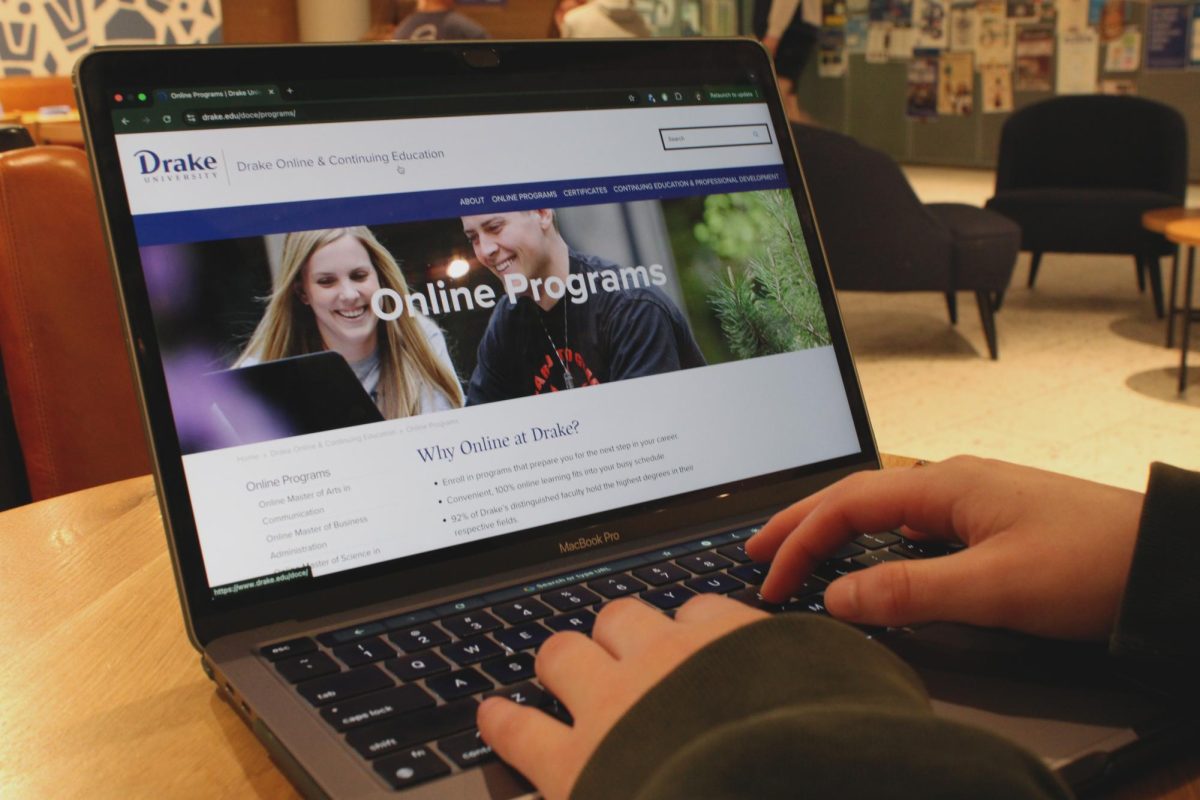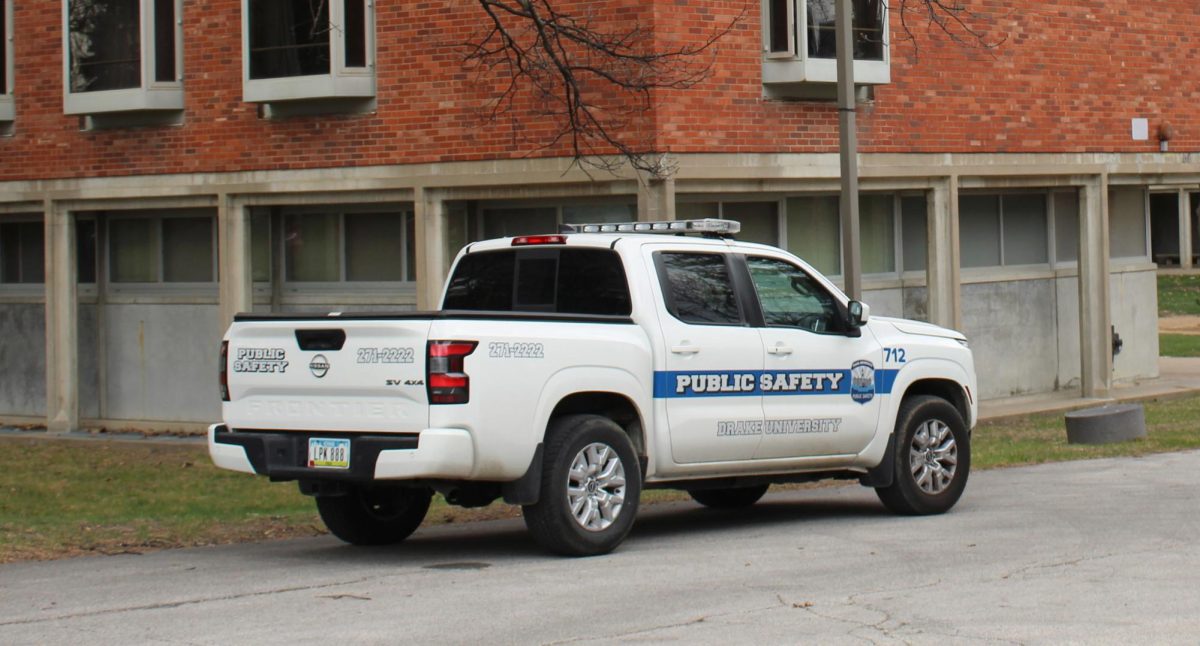This semester, Drake students gained new online mental health services through the telehealth company Uwill. Another online platform, Starfish, has been addressing student mental health and academic challenges differently.
At a time when Drake junior Luke Clausen “was having a really difficult time with everything,” a professor suggested using the Starfish flag system. The idea involved letting people within the School of Journalism and Mass Communication know to reach out and help him get back on track, Clausen said.
“I was able to get disability accommodations, and I was able to talk with professors to have a manageable outcome for the semester,” Clausen said.
Encouragement, referrals and flagged concerns
A 2021-22 report found that 17,091 tracking items were raised in the Starfish system over the academic year, according to Drake Access and Success Coordinator Laura Shell.
Of these, 939 of these items were referrals, which direct students to resources for topics such as academic coaching and campus finances, according to a tracking items document provided by Shell. Starfish’s homepage showcases Drake’s student services, such as the speaking and writing centers.
Another 6,417 were Kudos: a welcoming or congratulatory message sent to a student. Comparing fall 2020 to fall 2021 “shows an upward trend of kudos being used,” Shell said over email.
Finally, 9,587 of the items were flags. Issues that merit a flag include struggling with homesickness or connecting with peers, a low test grade and a mental health concern. There are both manual and automated flags, Shell said.
During the 2021-2022 academic year, 482 instructors were in Starfish, Shell said. 273 of those instructors raised at least one flag for a student.
Shell thinks Starfish can help a faculty member who’s worried about a student and inform the right people.
“So sometimes it’s the little pieces that tie into the bigger pieces, like noticing that a student is consistently not coming to class, or noticing that a student is coming to class but isn’t acting like themselves,” Shell said in an interview.
Drake junior Tiffany Lopez said she thinks professors sending supportive messages to students is helpful.
“I think it is helpful just because students feel intimidated…it is nice considering [that] students are entering into this whole new system…and finding out that teachers are human as well,” Lopez said on Nov. 28. “In a way.”
Every student will receive some follow-up when the flags and referrals are raised, Shell said. They might receive an automated response or direct contact from a faculty or staff member. If a student has three or more flags at the midpoint of the semester, following up with these students will be prioritized, Shell said.
Shell also discussed “retention prediction” which would help predict who will need help and when.
“So it can come down to student belonging. Do they feel like they’re a community member at Drake?” Shell said. “It can be academic preparedness. Distance from home plays a role in equations like that. Are we offering students support when they’re starting to feel homesick, which is a very normal thing for new students to experience on a college campus?”
Increasing efficiency
The 2021-22 report found that 11,645 appointments were scheduled in Starfish, according to Shell. This includes tutoring, advising and professional and career development appointments, Shell said.
Every time an appointment is made in Starfish, it saves about five minutes of time that would be spent on email and checking calendars, Shell said.
“…The estimate is that that’s 1,715 faculty and staff hours saved, allowing our faculty and staff to work on other things,” Shell said.
When faculty members want to support a student, Starfish “takes some of the guesswork” out of contacting the right person at the right time, Shell said.
“Instead of emails going back and forth, when I’m working to support a student, I can pull up their profile, I can see what other information is being shared,” Shell said. “And Starfish is also built on roles. So it allows me to see different information than an instructor, for example, based on the information we need to know.”
Mental health and academic support
A lot of times, Drake’s Access and Success team invites a student for a conversation, Associate Provost Melissa Sturm-Smith said in an Oct. 28 interview. Sometimes it’s hard for students to reach out to a resource, she said.
“Let’s talk about if maybe some coaching appointments might be helpful,” Sturm-Smith said. “Here’s some other resources we can connect you to; maybe tutoring is a good option. Maybe there’s a disability documentation that we can talk with the student about.”
The Starfish system includes several options for reporting mental health concerns, according to the tracking items document. One is a mental health flag, which leads to an email to the Dean of Students team and “outreach to [the] student for supportive intervention.”
Another option is referral to the Counseling Center. In this case, Shell said that “the student simultaneously gets a message about counseling services available at Drake,” and Kayla Bell, the director of counseling, connects with the student.
Visible on campus but with invisible problems
Last year, Clausen said he had a “very difficult” spring semester and wasn’t flagged. He contacted professors and kind of “did what the Starfish system would have done,” but he said not every student would have reached out.
Clausen thinks the Starfish system should have “slightly stronger protocols” for raising flags. The sooner the outreach, the sooner the student can get back on track, he added.
“…I had an entire semester where I had a lot of missed work, and it’s nobody’s fault, but I was deeply depressed and had a suicide attempt, and while those that I told were compassionate towards me and helped and worked with me, if somebody had reached out earlier, such as staff, I think that would have been more helpful to me,” Clausen said.
There’s a group of “visible invisible” people on campus who don’t want to show or reach out for help with certain problems, Clausen said.
“And those people are the most vulnerable here,” he said.







